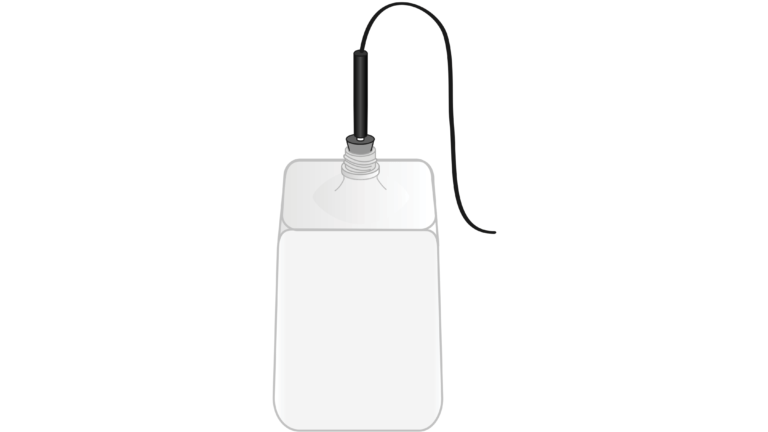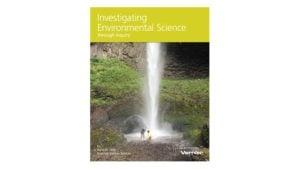Insulation Study
Experiment #25 from Investigating Environmental Science through Inquiry
- Subject
- Environmental Science

Introduction
Insulation is an important component of energy-efficient buildings. Insulation reduces both the energy required for wintertime heating and summertime cooling. Fiber glass, rock wool, cellulose, polyurethane foam, polystyrene foam, and foil-faced paper, polyethylene bubbles, and plastic film are common insulation materials. Basic insulation forms include blanket (batts or rolls), loose-fill, spray-applied, rigid insulation, and reflective systems.
Objectives
In the Preliminary Activity, you will monitor the temperature of a bottle of warm water as it cools for three minutes and determine its cooling rate.
After completing the Preliminary Activity, you will first use reference sources to find out more about insulation before you choose and investigate a researchable question.
Later, you will use the class research results as you insulate the bottle in preparation for a contest to see which group can make the best-insulated bottle, as determined by lowest cooling rate.
Sensors and Equipment
This experiment features the following sensors and equipment. Additional equipment may be required.
Ready to Experiment?
Ask an Expert
Get answers to your questions about how to teach this experiment with our support team.
- Call toll-free: 888-837-6437
- Chat with Us
- Email support@vernier.com
Purchase the Lab Book
This experiment is #25 of Investigating Environmental Science through Inquiry. The experiment in the book includes student instructions as well as instructor information for set up, helpful hints, and sample graphs and data.


